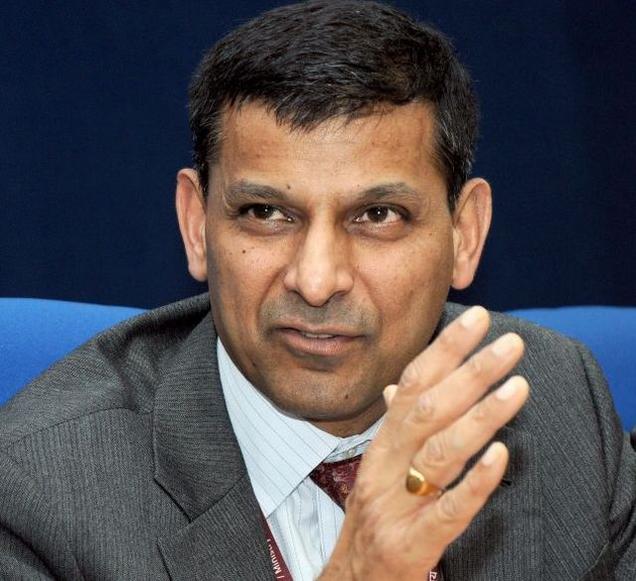Under flak from various quarters for raising rates, RBI Governor Raghuram Rajan on Wednesday said the central bank is committed to the “strongest growth possible” and stressed it is on the same page as the Finance Ministry on this front.
“Note that the RBI is committed to getting the strongest growth possible; there is no difference between us and North Block on this,” said Mr Rajan, who has hiked rates thrice since taking over as Governor in September.
He was speaking at a fixed income industry (Fimmda—PDAI) event here where the media was not allowed and only given a copy of the speech.
North Block, which houses the Ministry of Finance, has not been pleased with the Reserve Bank’s rate increases, given their impact on investor sentiment and growth in general.
Mr Rajan justified his actions, saying the best way to foster sustainable growth in the current circumstances is through monetary stability, which is bringing down inflation over a reasonable period of time.
The Governor, who went against the majority view of an internal panel advising on the monetary policy and surprised all by hiking rates in January, also reiterated the central bank’s determination to get retail inflation down to 8 per cent by January 2015 and 6 per cent by January 2016.
He explained that even though some people may believe that in the short-run, the RBI’s rate hikes may impact growth, the best way for a central bank to generate growth is to bring down inflation.
“Sooner or later, the public always understands what the central bank is doing, whether for the good or for the bad,” he said.
Retail inflation
On targeting retail inflation, Mr Rajan said although the central bank strongly favoured the Urjit Patel committee’s suggestion, the final decision would come only after the government’s approval.
“All we have done thus far is to adopt the reasonable suggestion of the Patel committee that we focus on CPI (consumer price index) inflation rather than WPI (wholesale price index) inflation as our primary objective,” Mr Rajan said.
“The Patel committee report is out there for public comment and debate and once we collect and analyse comments, we will take an internal view and then start deliberations with the government,” he said.
Earlier this week, Mr Rajan had said on the sidelines of the G20 summit in Sydney that the government was on the same page as the RBI on inflation targeting.
The Patel committee has suggested bringing down CPI inflation to 8 per cent by January 2015 and 6 per cent by January 2016. Retail inflation was 8.79 per cent in January.
Mr. Rajan said the committee’s proposed time horizon for 6 per cent inflation seems doable without extreme hardship.
“If the eventual decision of the government, in consultation with the Reserve Bank, is to adopt the recommendations of the Mistry, CFSR, FSLRC and the Patel committees, and focus on some form of an inflation objective, it would be good for the medium-term inflation target to be set by the executive or the legislature, presumably based on advice from the Reserve Bank and other experts from the Reserve Bank,” the Governor said.
“All this said, international experience suggests that ideally once the central bank’s objective is given and the operational target fixed, the government should leave the technocrats in the central bank to do their job,” he added.


